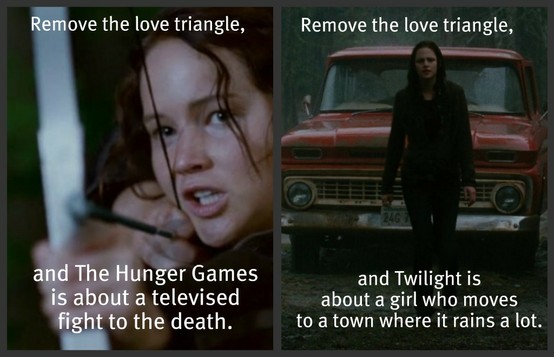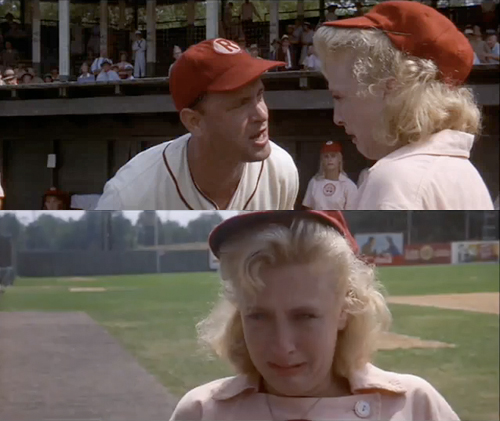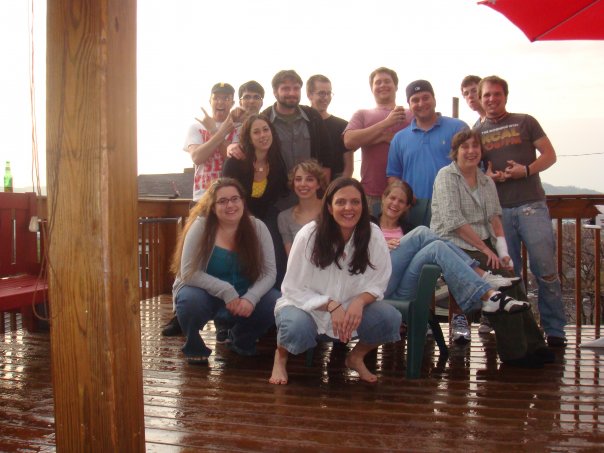
In his book, The Program Era: Postwar Fiction and the Rise of Creative Writing, Mark McGurl says that it’s time we paid attention to the “increasingly intimate relation between literary production and the practices of higher education.”
So. This is me. Twenty years as a writer-teacher. Finally paying attention.
Apparently, I’m not the only one wondering whether the creative writing classroom can accommodate Big Things.
Here’s Michael Nye at The Missouri Review blog, where even Peter Turchi weighed in with a comment.
Here’s another response.
HTMLGiant noticed.
And today I read this fantastic essay on Slate, “MFA vs. NYC: America now has two distinct literary cultures. Which one will last?”
Novelist and n+1 editor Chad Harbach says:
The MFA system also nudges the writer toward the writing of short stories; of all the ambient commonplaces about MFA programs, perhaps the only accurate one is that the programs are organized around the story form. This begins in workshops, both MFA and undergraduate, where the minute, scrupulous attentions of one’s instructor and peers are best suited to the consideration of short pieces, which can be marked up, cut down, rewritten and reorganized, and brought back for further review. The short story, like the 10-page college term paper, or the 25-page graduate paper, has become a primary pedagogical genre form. It’s not just that MFA students are encouraged to write stories in workshop, though this is true; it’s that the entire culture is steeped in the form.
I highly recommend that you read this piece, an excerpt from n+1. For one thing, Harbach suggests (rightfully so) that without “MFA program culture” to offset “NYC publishing culture,” the short story might cease to exist at all. For another thing, it’s a useful paradigm. MFA vs. NYC might seem reductive, but it expertly frames the difficulties of making a literary life in the late 20th but especially the late 21st century.
As I think about my cohort, the “second generation” of writers-teachers who will one day take the leadership reins of AWP and academic writing programs, I wonder (perhaps more than I should) about the future of creative writing instruction. Forty years after the first generation of writer-teachers established our curriculums and classroom practices, what have we learned? Where are we going? Where have we been?
Harbach wonders this, too.
It will be interesting to see what happens when this group of older writers dies (they are unlikely to give up their jobs beforehand); whether the MFA canon will leap forward, or back, or switch tracks entirely, to accommodate the interests, private and aesthetic, of a younger group of writer-teachers. Perhaps (among other possibilities) the MFA culture will take a turn toward the novel.
And now, back to my novel…







